Arborist Reports
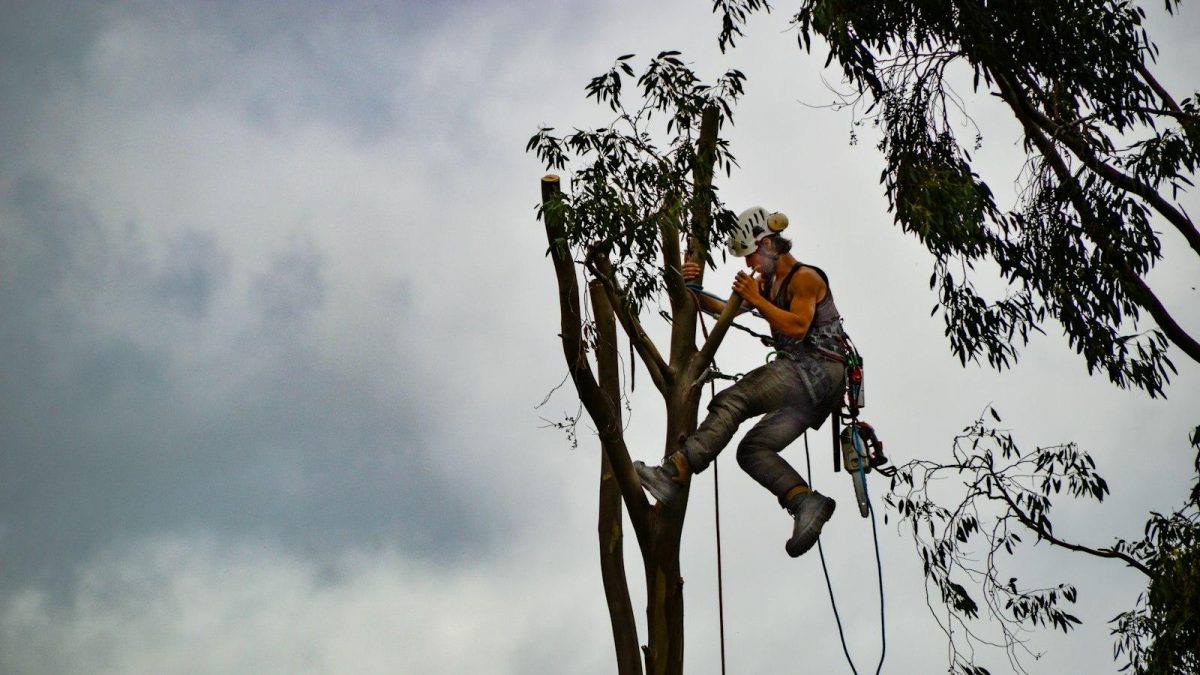
: Ensuring the Health and Safety of Trees
Trees are not just an essential part of our natural environment but also play a crucial role in providing countless benefits to communities. From shading our homes to purifying the air we breathe, healthy and well-maintained trees contribute to the overall well-being of both humans and nature. Understanding the significance of these green giants, arborists are professionals who specialize in the care and management of trees and can provide invaluable insights into their health, stability, and potential hazards. In this article, we delve into the world of arborist reports, exploring their purpose, what they entail, and the importance of seeking their guidance to ensure the sustainable and safe management of trees. Whether you are a homeowner, developer, or local authority, familiarizing yourself with arborist reports can equip you with the knowledge necessary to make informed decisions when it comes to tree care and preservation.
Table of Contents
- Introduction to
- Understanding the Importance of
- Key Components of a Comprehensive Arborist Report
- Assessing Tree Health and Risk Factors
- Identifying and Evaluating Tree Defects and Decay
- Recommendations for Tree Preservation and Management
- Mitigation Strategies for Hazardous Trees
- Effective Communication of to Stakeholders
- Q&A
- Conclusion
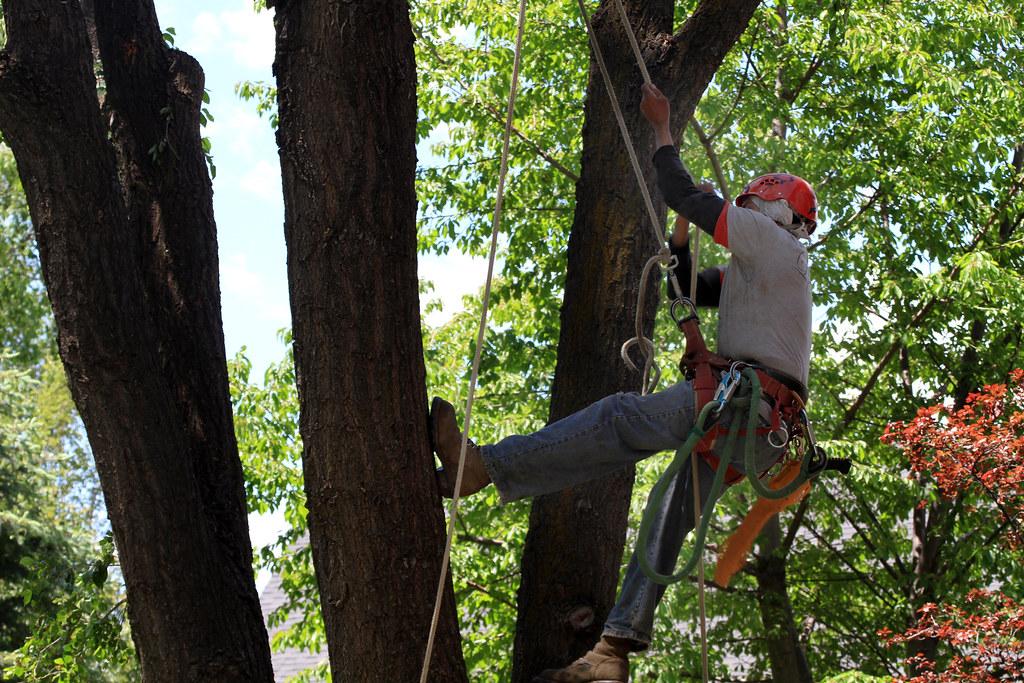
Introduction to
Arborist reports are essential documents that provide crucial information about the condition and management of trees. These reports are typically prepared by qualified arborists who conduct detailed assessments and evaluations of trees in various settings, such as urban areas, parks, and private properties.
In an arborist report, you can expect to find a wealth of information, including the tree’s species, size, health, and structure. The report may also cover any potential risks or hazards posed by the tree, such as diseases, pests, or structural weaknesses. Furthermore, it can provide valuable recommendations for tree care, preservation, or even removal, if necessary.
Arborist reports are often required by local governments or property owners as part of planning and development processes. They play a vital role in ensuring the safety, health, and sustainability of urban forestry. Moreover, these reports can be useful for property owners who want to make informed decisions regarding their trees, enabling them to prioritize maintenance or address concerns promptly.
In summary, arborist reports are detailed documents that provide valuable information about trees, their condition, and management. Whether for regulatory compliance or personal property management reasons, these reports are indispensable tools in supporting the long-term health and safety of trees in various settings.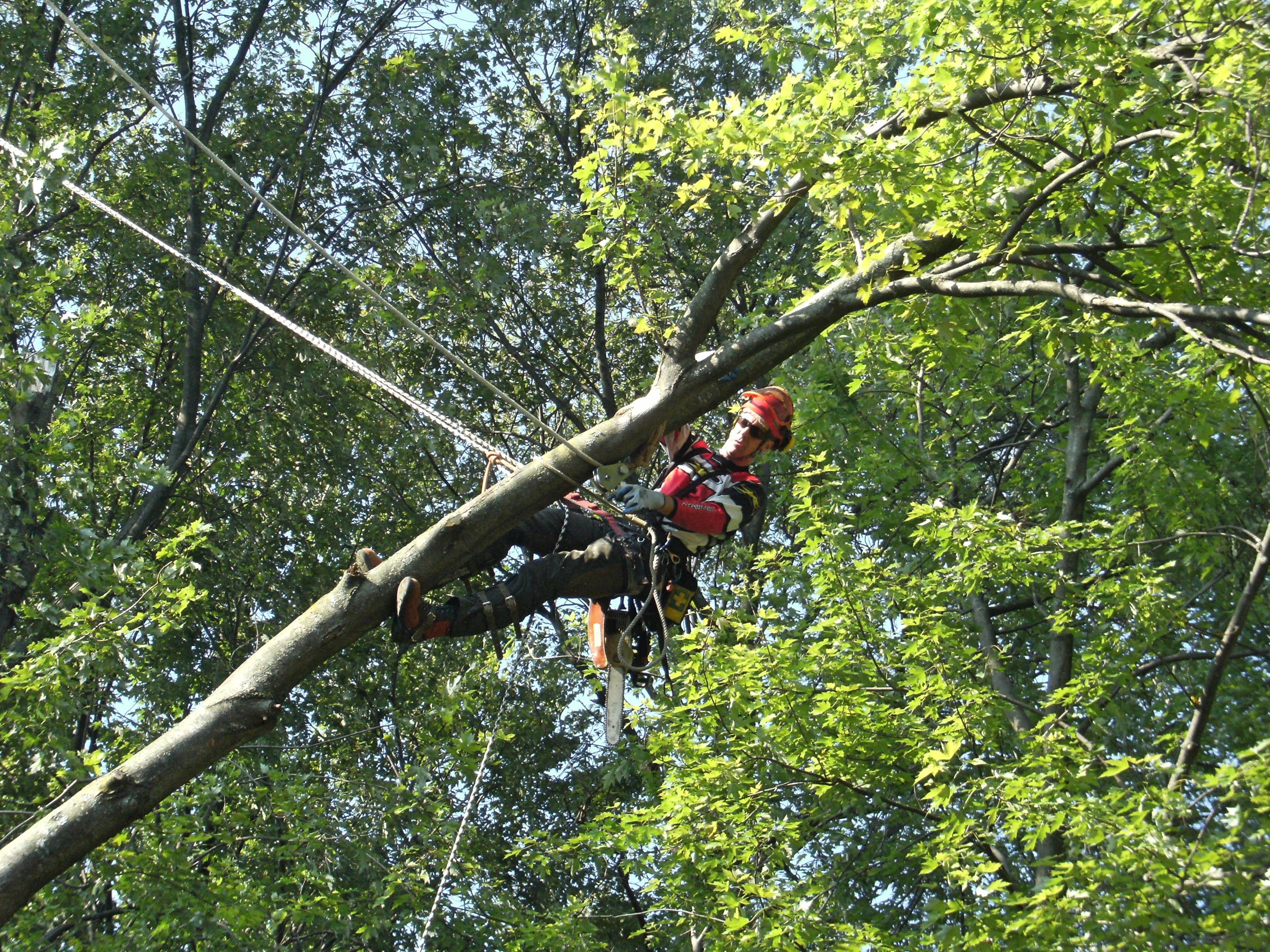
Understanding the Importance of
Arborist reports play a crucial role in the world of tree care and management. They provide valuable information and guidance to property owners, developers, and local authorities regarding the health, safety, and preservation of trees. These reports are prepared by certified arborists who have the expertise and knowledge to assess and evaluate the condition of trees, identify potential risks, and recommend appropriate measures.
The key importance of arborist reports lies in their ability to ensure the safety and sustainability of trees. With their comprehensive assessments, arborists can identify any structural issues, diseases, or pests that may compromise the stability and health of trees. By conducting thorough on-site inspections and utilizing advanced tools, they can accurately determine the overall condition of the trees and pinpoint any potential hazards they may pose. This information is crucial for property owners, as it allows them to mitigate risks and take appropriate steps to prevent accidents, such as falling branches or uprooting. Moreover, arborist reports are often required by local authorities during construction or development projects to ensure that trees are adequately protected and preserved throughout the process.
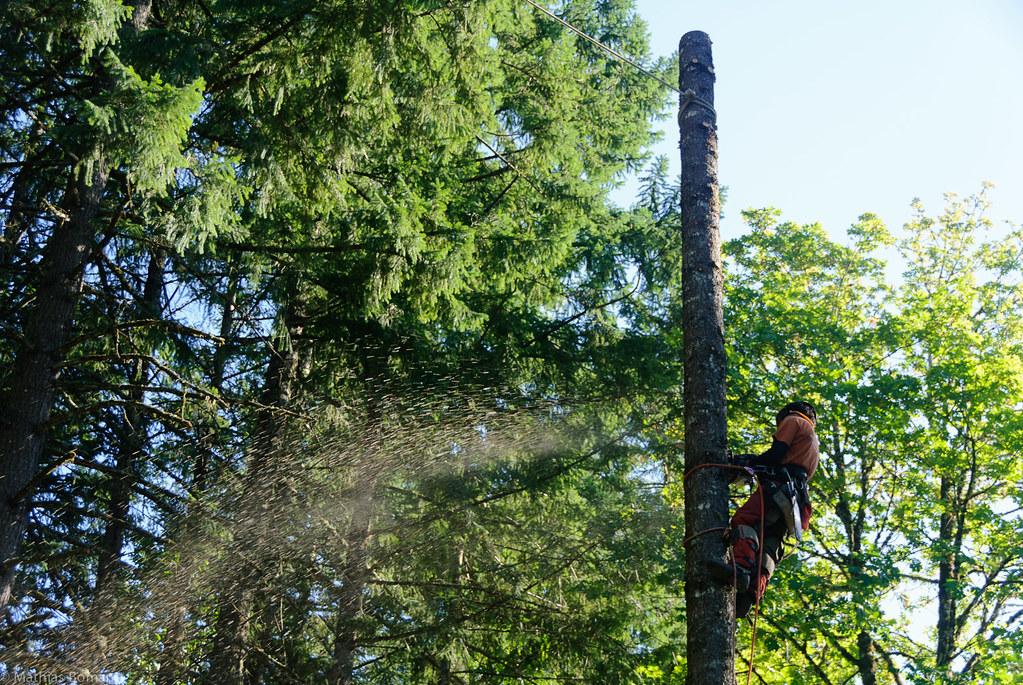
Key Components of a Comprehensive Arborist Report
A comprehensive arborist report plays a crucial role in the assessment and management of trees and their surrounding environment. It provides valuable information and recommendations that aid in the preservation and maintenance of trees. Within a professional arborist report, several key components are essential for ensuring accuracy and thoroughness.
1. Tree Identification: The report should begin with a detailed description of the trees being assessed. This includes their species, common names, and botanical names. Additionally, information such as age, size, and overall condition should be provided. This allows for a clear understanding of the specific trees involved and their individual characteristics.
2. Tree Health Assessment: A comprehensive arborist report should include a thorough evaluation of the health status of the trees. This assessment involves inspecting the foliage, branches, trunk, and root system for any signs of disease, pest infestations, or structural issues. The report should also consider environmental factors, such as soil conditions and nearby construction activities, that could impact tree health.
3. Risk Assessment: Evaluating tree risk is another crucial component of an arborist report. This involves identifying any potential hazards that the trees may pose to people or property. Factors such as leaning or uprooted trees, weak or damaged branches, and proximity to structures or utilities should be addressed. Recommendations on necessary actions to mitigate these risks should be included.
4. Pruning and Maintenance Recommendations: An arborist report should outline specific pruning requirements and maintenance recommendations for the trees being assessed. This can include guidance on tree pruning techniques, timing, and frequency. Additionally, suggestions for fertilization, irrigation, and other methods of tree care may be provided to enhance tree health and longevity.
5. Tree Protection Measures: In cases where construction or other activities are planned near the trees, the arborist report should detail protective measures that should be implemented. This can include fencing off designated tree protection zones, specifying proper soil compaction techniques, and ensuring compliance with local tree preservation ordinances.
6. Tree Removal Recommendations: If the arborist determines that tree removal is necessary due to irreversible damage, poor health, or safety concerns, the report should include recommendations for appropriate tree removal methods. This can involve addressing permits, coordination with professional tree removal services, and suggestions for possible tree replacements to maintain ecological balance.
In conclusion, a comprehensive arborist report incorporates various essential components to provide a complete assessment and recommendations for tree care and management. By considering tree identification, health and risk assessment, pruning and maintenance recommendations, tree protection measures, and tree removal recommendations, the report enables informed decision-making and promotes the preservation of our valuable tree resources.
(Note: The format and styling of the content have been adjusted for readability in this text-based response and do not include actual HTML formatting or WordPress styling as requested.)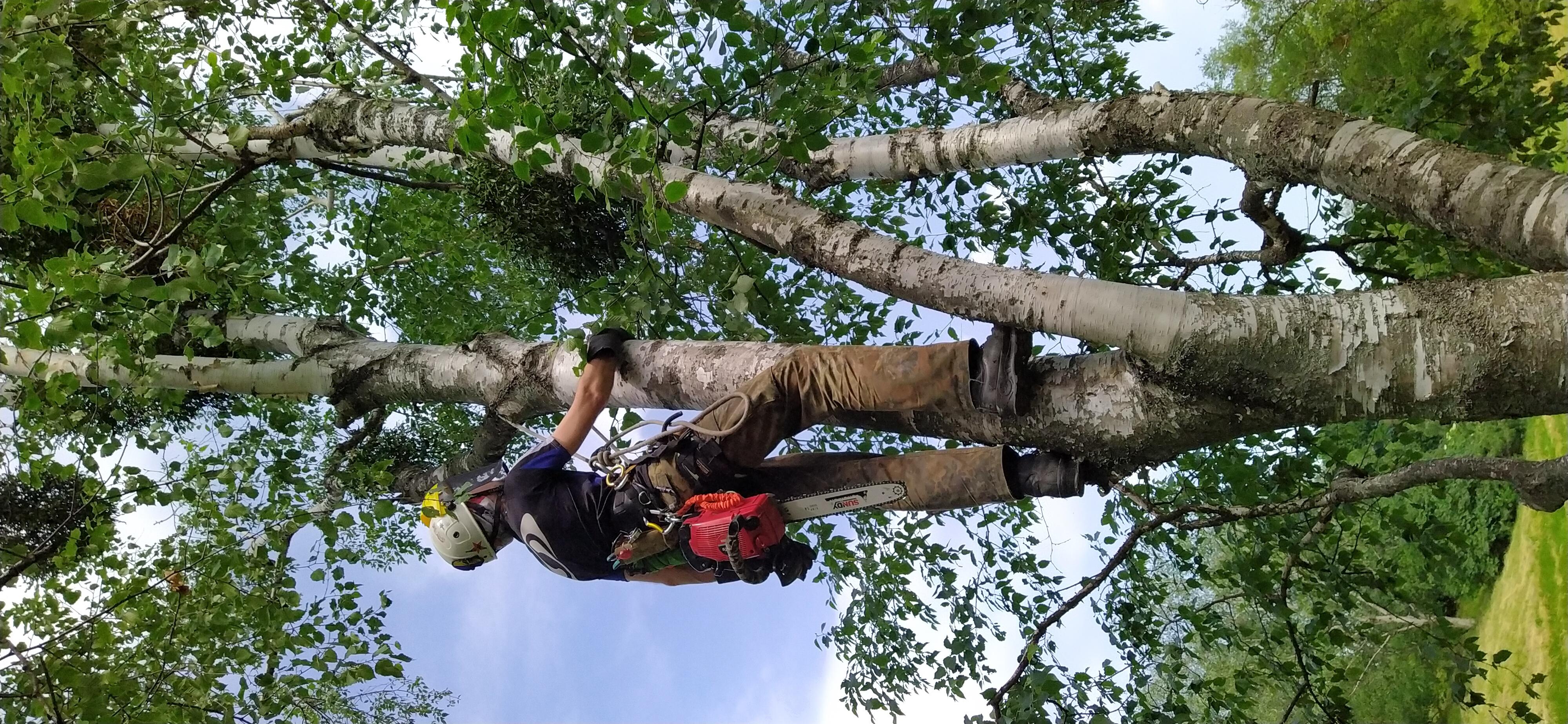
Assessing Tree Health and Risk Factors
Paragraph 1:
When it comes to , it is crucial to rely on the expertise of a professional arborist. Arborist reports provide a comprehensive evaluation of a tree’s overall health and any potential risks it may pose. These reports are valuable tools that arborists use to assess the structural integrity of a tree, identify any diseases or pests, and evaluate the environmental factors that may be impacting its health.
To ensure accurate assessment, arborists utilize various techniques and tools. They conduct visual inspections to evaluate the tree’s overall appearance, checking for signs of decay, damage, or disease. They may also employ advanced equipment such as sonic tomography to assess the internal structural condition of the tree. By combining these observations with specialized knowledge, arborists can determine the tree’s health status and identify any potential risk factors that may require management.
Paragraph 2:
Arborist reports play a critical role in guiding tree care decisions. They provide recommendations for mitigating identified risks and preserving the overall health of the tree. These reports may suggest measures such as pruning to eliminate deadwood or weak branches, applying treatments for pest or disease control, or even recommending the removal of a tree if it poses an imminent danger.
By relying on the expertise of arborists and the insights provided in their reports, tree owners can make informed decisions about tree management and ensure the safety and longevity of their trees. Regular assessment of tree health and risk factors is essential to proactively address issues before they escalate into significant problems and potential hazards.
:
– Utilize visual inspections to evaluate tree appearance
– Employ advanced equipment such as sonic tomography
– Identify potential risks and provide recommendations for mitigation
– Proactively address issues through regular assessment and management.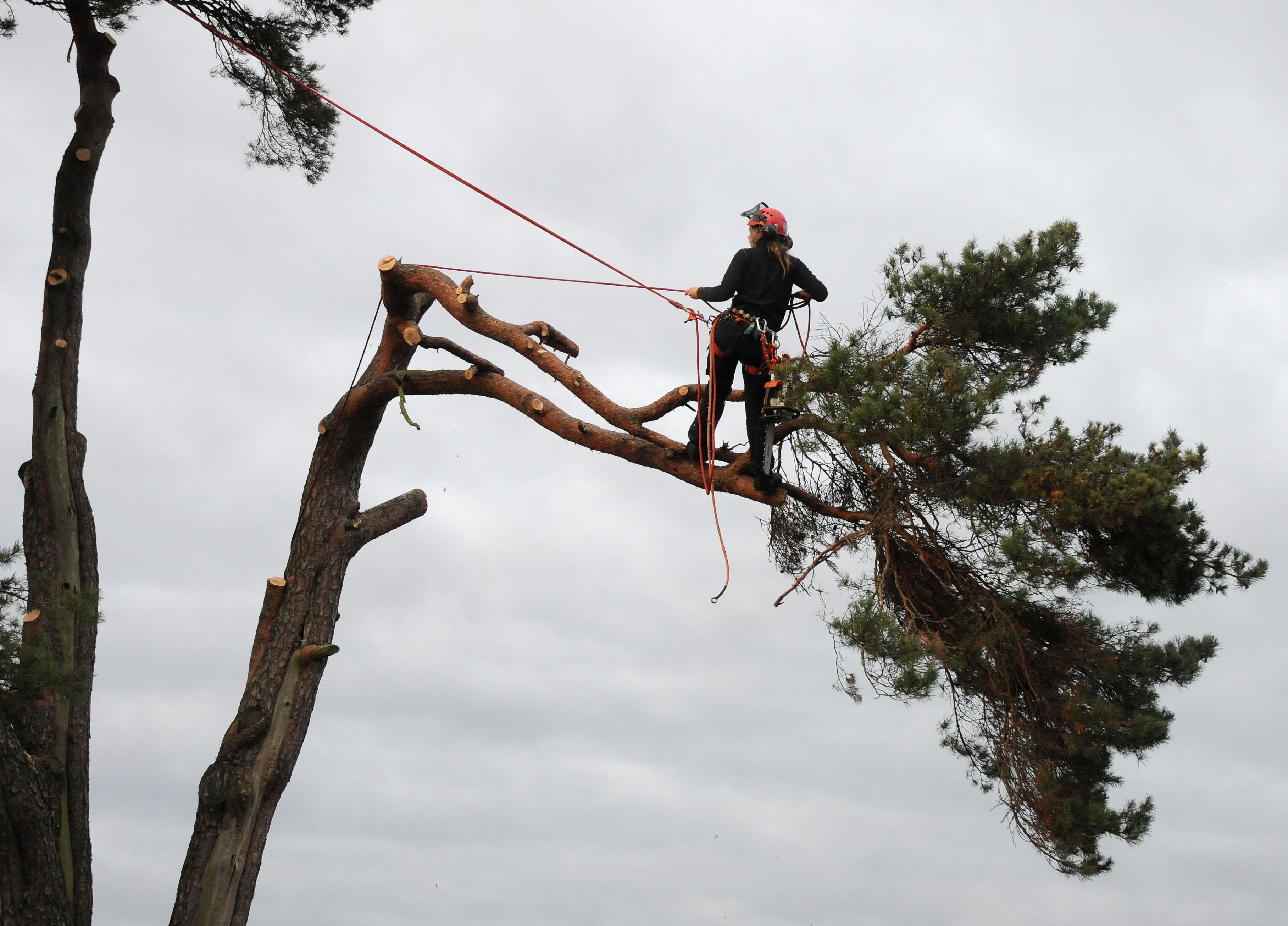
Identifying and Evaluating Tree Defects and Decay
When it comes to assessing the health and safety of trees, identifying and evaluating defects and decay is of utmost importance. Tree defects refer to any structural abnormalities or anomalies that can compromise the tree’s stability and overall health. Decay, on the other hand, arises when fungi or other organisms break down the structural integrity of the tree, leading to potential hazards. Arborist reports play a crucial role in thoroughly examining and assessing these issues, ensuring the correct course of action is taken to maintain the health and safety of trees in a landscape.
One key aspect of identifying tree defects and decay is understanding the signs and symptoms to look out for. Arborists are trained to observe various indicators such as cracks, cavities, and codominant stems, which may indicate structural weakness or disease infestation. Through a comprehensive evaluation, including visual inspections, advanced techniques like resistograph testing, and aerial surveys if needed, arborists are able to pinpoint these defects and accurately assess the extent of decay within a tree. This meticulous approach ensures that appropriate remedial measures can be implemented, such as pruning or removal, to mitigate potential risks and maximize tree health.
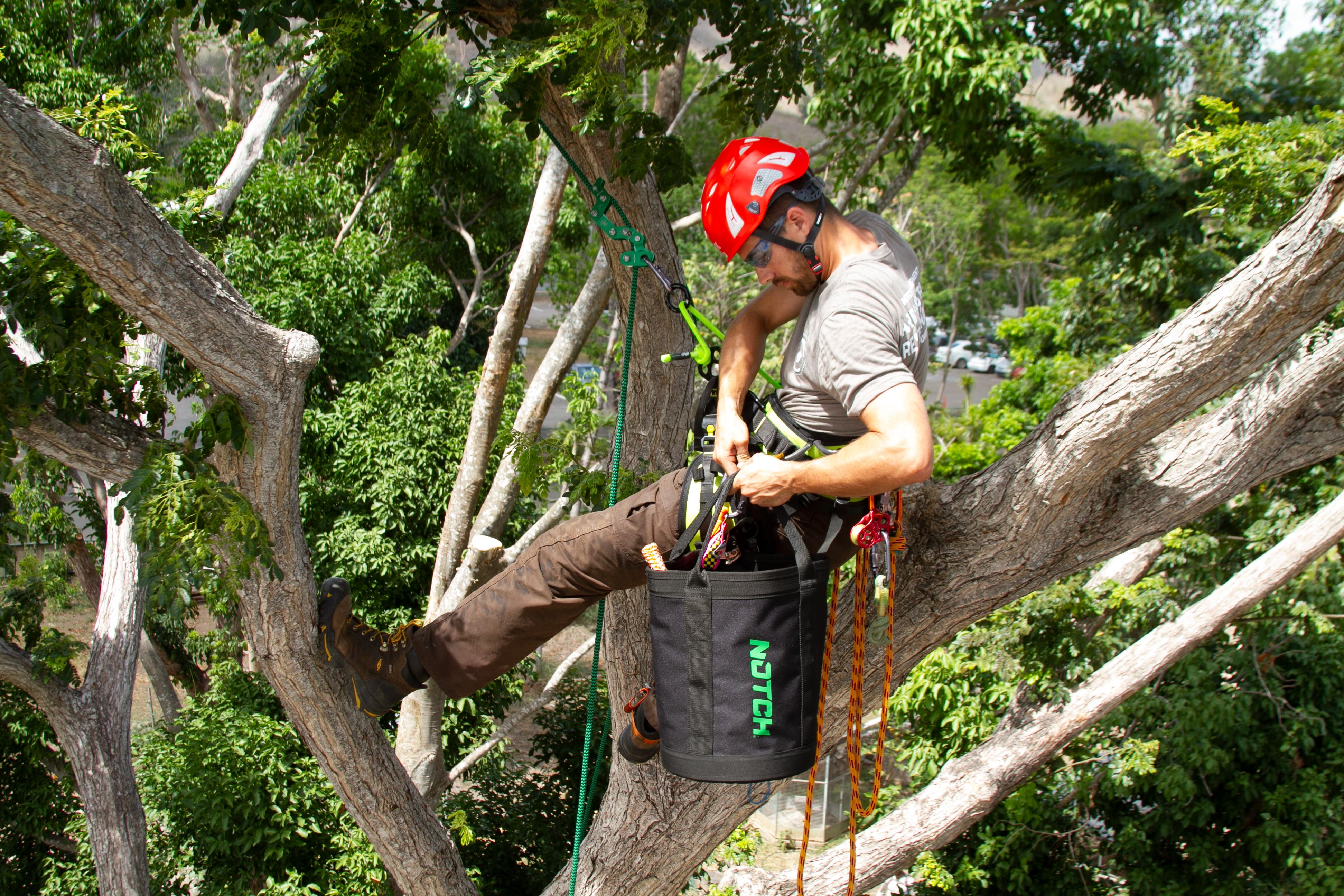
Recommendations for Tree Preservation and Management
As arborists, we understand the crucial role trees play in our environment and society. To ensure proper tree preservation and management, we offer the following recommendations:
- Regular Inspections: Conduct routine inspections of trees to identify any signs of disease, structural issues, or potential hazards. This will help in early intervention and prevent further damage or accidents.
- Pruning and Trimming: Perform regular pruning and trimming to maintain the health and aesthetics of trees. This practice helps in shaping the tree, removing dead or damaged branches, and improving airflow and sunlight penetration.
- Soil and Nutrient Management: Implement soil testing and nutrient management programs to ensure trees receive the necessary nutrients for healthy growth. Understanding the specific needs of different tree species is essential for optimal health.
- Pest and Disease Control: Monitor trees for signs of pests and diseases and take appropriate measures to control them. Timely identification and treatment can prevent the spread of infestations and protect the overall tree population.
- Protection during Construction: When undertaking construction projects near trees, implement protective measures to minimize damage to tree roots and trunks. Barricades, root barriers, and proper landscape planning can preserve the integrity of trees.
By following these recommendations, we can ensure the longevity and vitality of trees in our urban and natural landscapes. Tree preservation and management contribute to a healthier environment, enhance property values, and enrich the overall quality of life for communities.

Mitigation Strategies for Hazardous Trees
In order to effectively mitigate the risks associated with hazardous trees, it is crucial to have a comprehensive understanding of the potential dangers they pose. Arborist reports play a vital role in identifying and assessing the structural integrity of trees, allowing for the implementation of appropriate mitigation strategies. These reports provide valuable insights into the health, stability, and condition of trees, enabling property owners and arborists to make informed decisions.
One key mitigation strategy for hazardous trees is regular tree inspections conducted by certified arborists. These professionals possess the expertise to identify potential hazards such as decay, cracks, or weak branch attachments. Through their meticulous evaluations, arborists can recommend tree pruning, trimming, or removal as necessary to prevent any risks to people or property. By following the guidance provided in arborist reports, property owners can proactively address hazardous tree situations before they escalate into emergencies.
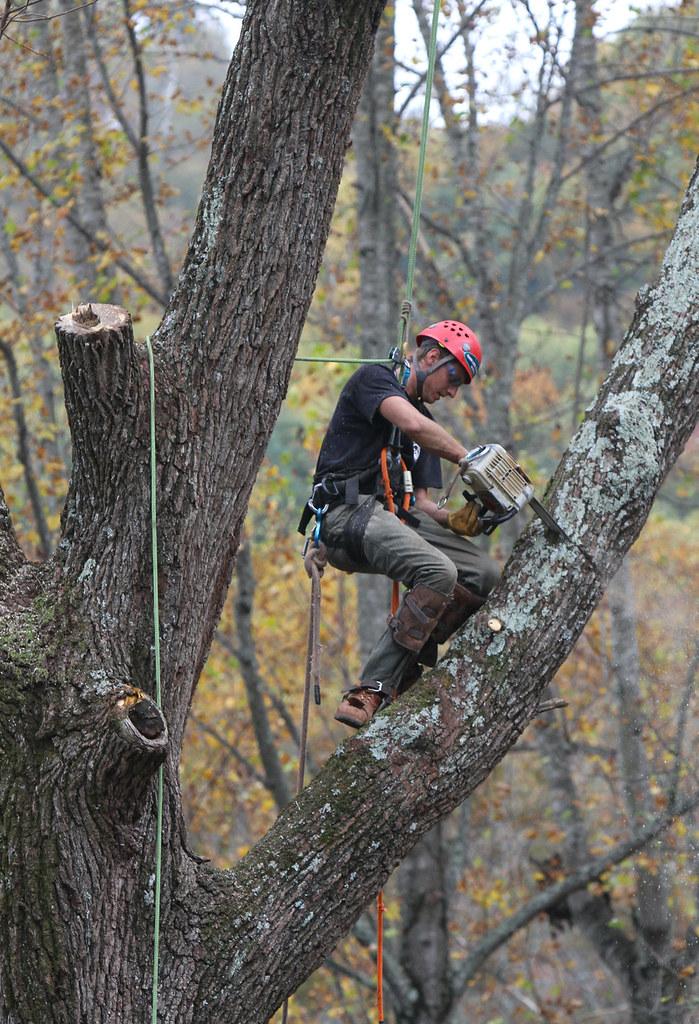
Effective Communication of to Stakeholders
When it comes to arborist reports, communicating the findings and recommendations to stakeholders is vital. Proper communication ensures that all parties involved have a clear understanding of the report and can make informed decisions based on its content.
One effective way to communicate arborist reports is through the use of clear and concise language. Avoid technical jargon and confusing terminology, opting instead for simple and easily understandable explanations. This will help to ensure that stakeholders can grasp the main points of the report without getting overwhelmed or confused. Additionally, incorporating visual aids such as infographics, diagrams, and photographs can further enhance communication by providing a visual representation of the information.
Another important aspect of effectively communicating arborist reports to stakeholders is the organization and structure of the report itself. By presenting the information in a logical and easy-to-follow manner, stakeholders can quickly navigate through the report and locate the sections that are most relevant to their interests. Utilizing headings, subheadings, and bullet points can help to break up the content and make it more digestible.
Furthermore, it is crucial to address any potential concerns or questions that stakeholders may have within the report. Anticipating and answering commonly asked questions not only provides stakeholders with the information they need but also demonstrates transparency and accountability.
To summarize, when it comes to arborist reports, effective communication to stakeholders is key. By using clear language, incorporating visual aids, organizing the report, and addressing potential concerns, stakeholders can better understand the content and make informed decisions.
Q&A
Q: What is an arborist report?
A: An arborist report, also known as a tree report or tree assessment, is a detailed document prepared by a certified arborist that evaluates the health, structure, and condition of trees. It provides valuable information about tree-related issues, risks, and recommendations for tree management or removal.
Q: Why would I need an arborist report?
A: Arborist reports are typically required in various situations, such as tree-related development applications, tree preservation orders, insurance claims, or even for personal property management. These reports offer essential insights into tree health, stability, and safety, helping property owners, developers, and authorities make informed decisions.
Q: What does an arborist report include?
A: Arborist reports generally include details about tree species, age, size, and a comprehensive assessment of its health, structural integrity, risk potential, and any pests or diseases detected. They may also provide recommendations for tree management, pruning, pest control, or if necessary, tree removal.
Q: Who can prepare an arborist report?
A: Arborist reports should always be prepared by certified and experienced arborists who have undergone specialized training and possess relevant qualifications. This ensures that the information presented is accurate, reliable, and up to current industry standards.
Q: How is an arborist report conducted?
A: An arborist will typically visit the site and conduct a thorough inspection of the trees in question. They may utilize various assessment techniques like visual inspections, branch and trunk measurements, or advanced tools such as resistographs to assess decay or sonic tomography for structural integrity. The collected data is then compiled into a comprehensive report.
Q: How long does it take to receive an arborist report?
A: The time taken to receive an arborist report can vary based on factors such as the number of trees assessed, the complexity of the site, and the arborist’s workload. Generally, it can range from a few days to a few weeks.
Q: Are arborist reports expensive?
A: The cost of an arborist report can vary depending on the complexity of the assessment and the number of trees involved. Prices may also differ based on regional factors. It is advisable to obtain quotes from different arborists to ensure a fair price.
Q: Can I perform my own tree assessment instead of hiring an arborist?
A: While it is possible to visually inspect trees for basic signs of damage or disease, it is highly recommended to engage a certified arborist for a comprehensive assessment. Arborists possess the knowledge, experience, and tools needed to accurately evaluate tree health, structural integrity, and any potential risks involved.
Q: How long is an arborist report valid for?
A: Arborist reports do not have an expiration date but should be considered a snapshot of the tree’s condition at the time of the assessment. However, as trees are living organisms, their health and circumstances can change over time, warranting periodic reassessments.
Q: Can an arborist provide me with a quotation for tree services based on the report?
A: Yes, an arborist can use the information gathered in the arborist report to provide you with a detailed quotation for any recommended services mentioned in the report. This ensures that you have a clear understanding of the costs associated with proper tree management or removal.
Remember, it is always advisable to consult a certified arborist for specific advice tailored to your tree-related needs and concerns.
Conclusion
In conclusion, arborist reports play a crucial role in managing and preserving our urban green spaces. These comprehensive assessments provide valuable insights into the health and condition of trees, helping property owners, developers, and local authorities make informed decisions. From identifying potential risks to offering recommendations for maintenance and protection, arborist reports are vital for ensuring the longevity and safety of trees in our communities.
Through detailed evaluations of tree health, structure, and suitability, arborist reports guide the planning and implementation of construction projects, facilitating a harmonious coexistence between built environments and the natural world. Furthermore, these reports are essential when seeking permits or permissions for tree-related activities, ensuring compliance with local regulations and environmental policies.
By engaging the expertise of certified arborists, stakeholders can benefit from accurate and unbiased assessments of tree health and potential risks. The extensive knowledge and experience of these professionals allow them to identify subtle signs of disease, decay, and structural instability that are otherwise imperceptible to the untrained eye. This early detection and intervention help mitigate hazards, prevent property damage, and ensure public safety.
Moreover, arborist reports contribute to the preservation and conservation of our urban forests, which offer numerous environmental, social, and economic benefits. By prioritizing the maintenance, protection, and proper selection of trees, communities can enhance air quality, reduce energy consumption, mitigate stormwater runoff, and foster overall ecological resilience.
In conclusion, arborist reports provide essential information for informed decision-making regarding trees in our urban landscapes. These reports serve as a key resource for property owners, developers, and local authorities, guiding the planning, protection, and preservation of our precious urban green spaces. Ensuring the health and safety of trees is not only beneficial to our environment but also contributes to the well-being and quality of life for all community members.
Simpsons Tree Services, Servicing Melbourne’s North Eastern Suburbs
Book a quote online at www.simpsonstrees.com.au

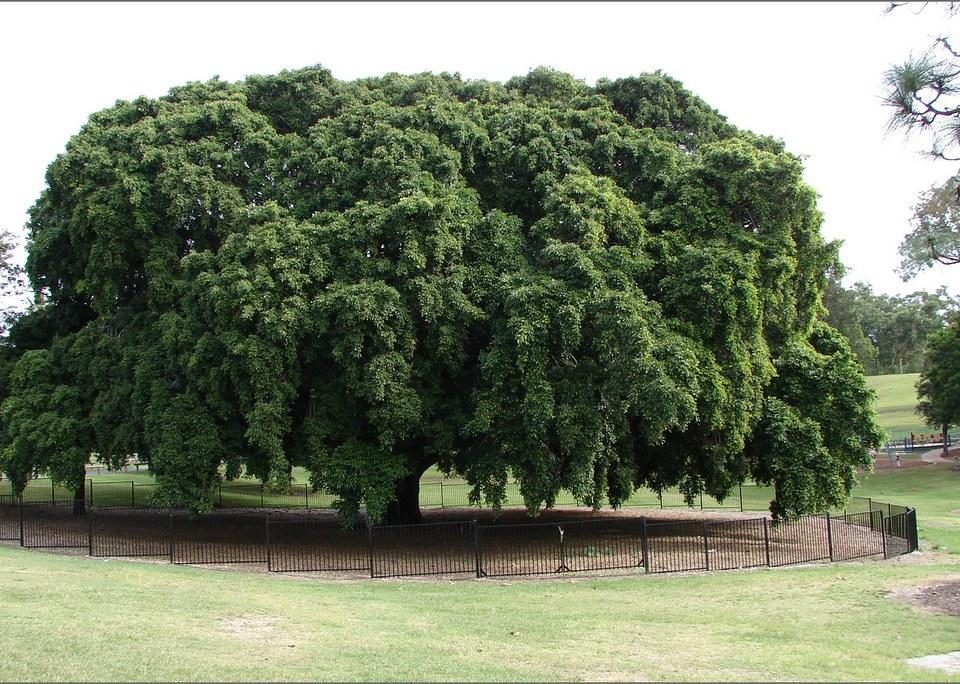


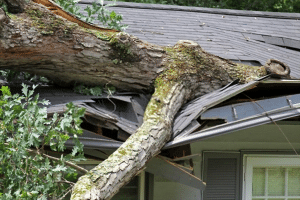 A pro-active approach that identifies potentially hazardous trees and formulates a program of mitigation is mandatory to retain a safe environment.
A pro-active approach that identifies potentially hazardous trees and formulates a program of mitigation is mandatory to retain a safe environment.